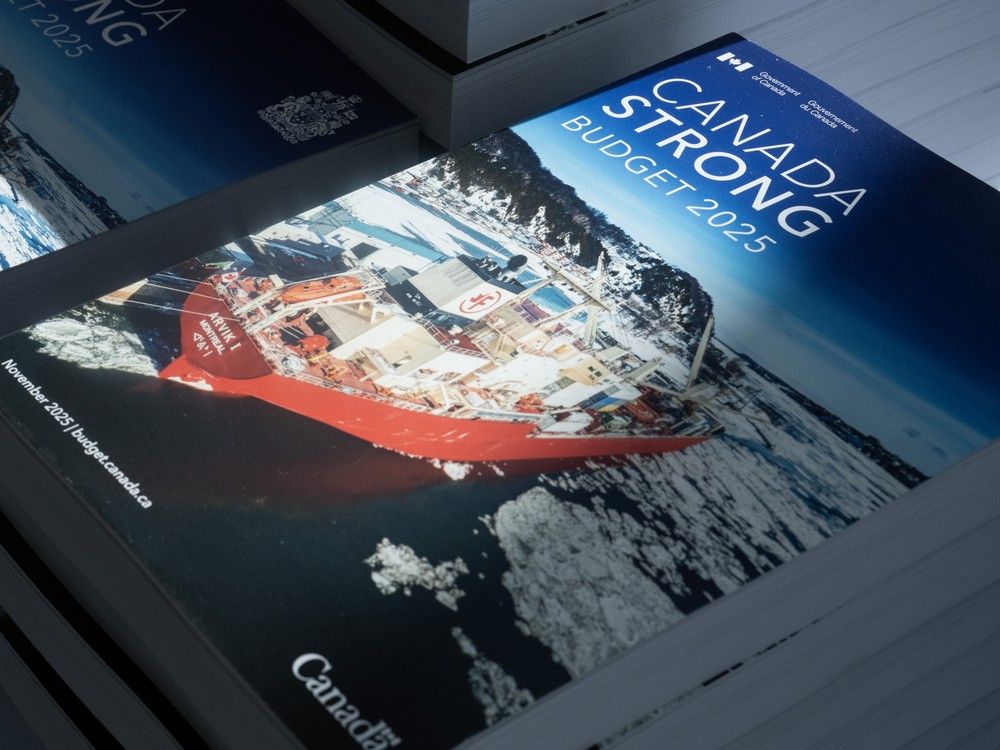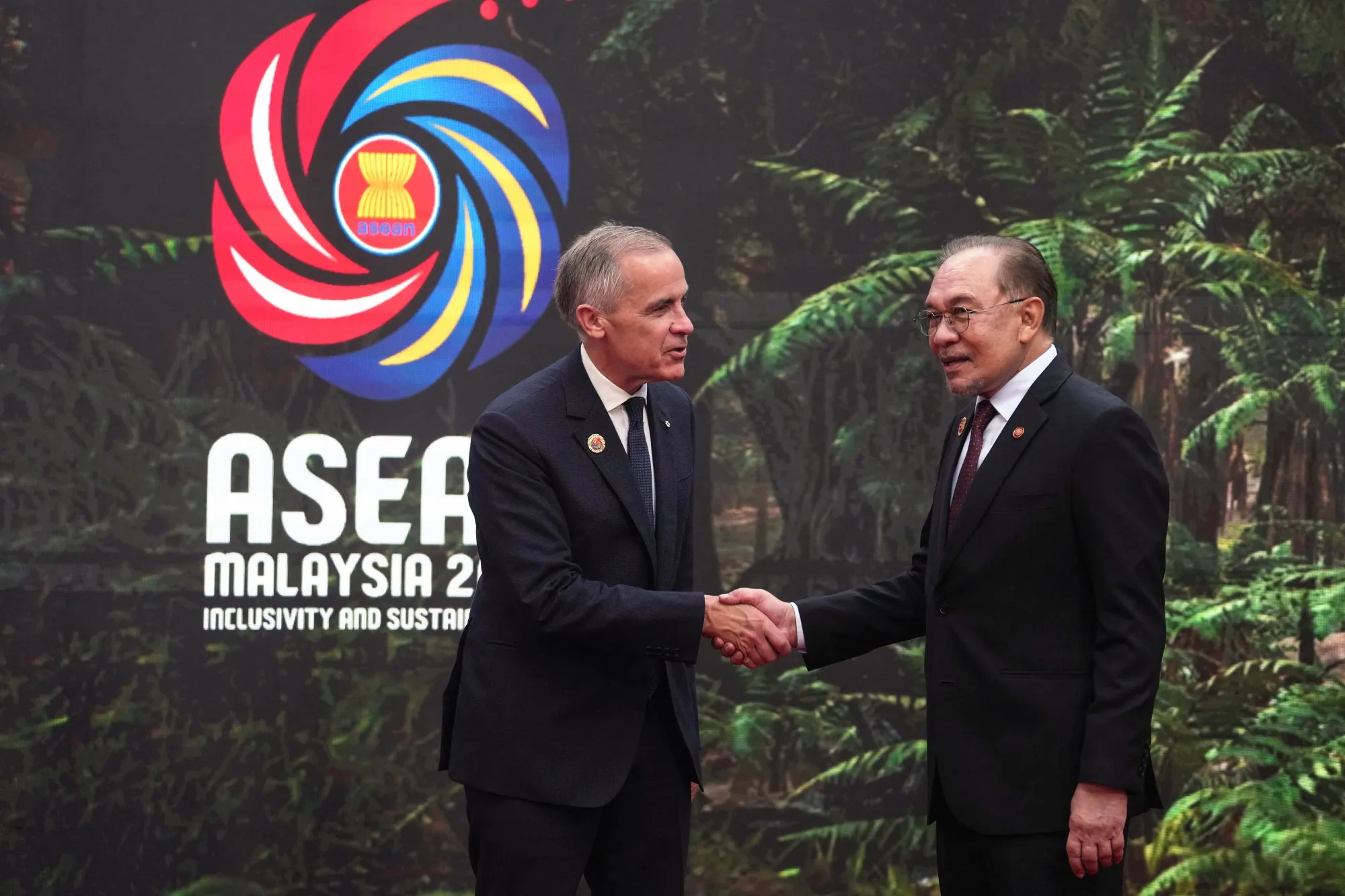Canadians, and those who call Ontario home, learned through a budget and a Fall Economic Statement in early November that what the economy needs is to diversify beyond the U.S. and that we must brace for profound economic change. From tariffs to trade disruptions to national productivity growth at just 0.3 per cent a year, job creation and prosperity have been impacted. Now, both the federal government and the Ontario government are pivoting to try something new to reverse the economic headwinds.
“The world has become more dangerous and divided,” Prime Minister Mark Carney told the Canadian Club audience in Toronto on Nov. 7, three days after his government tabled Canada Strong: Budget 2025.
Carney’s government’s federal budget includes a plan of $1 trillion for investments over the next five years through tax incentives, nation-building infrastructure projects, with a strong focus on labour and the launch of a new strategy to attract top global talent.
Nation-Building Infrastructure
Budget 2025 details a new Major Projects Office to fast-track large-scale energy, trade and transport projects, expected to unlock at least $150 billion in investment. These projects will provide additional trade opportunities with markets beyond the U.S., which Canada desperately needs given U.S. President Donald Trump’s actions that have resulted in a global trade upheaval.
The budget includes spending of about $5 billion over seven years to create a “Trade Diversification Corridors Fund” to expand port capacities, rail lines and other infrastructure. This is a welcome announcement, given that Canada is looking for new trading partners, and Carney’s government has re-engaged diplomatic discussions with China and India as part of that outreach.
As noted in the budget, trade diversification is necessary as Trump’s tariffs are now costing our country an estimated 1.8 per cent of GDP or roughly $50 billion a year. This is the equivalent of about $1300 for every Canadian, according to the 2025 budget analysis which Carney explained in his address to the Canadian Club. “(I)if we don’t act now, those losses will only grow,” Carney said.
Labour Investment
Also key in the federal budget was the announcement of a new $1.7 billion International Talent Attraction Strategy, to recruit more than 1,000 world-class researchers and aligning immigration policy with a modern, skills-based economy. With ongoing labour shortages, skilled immigration is key. Ottawa announced a new three-year plan sets permanent resident admissions at 380,000 annually, while the Foreign Credential Recognition Action Fund in Budget 2025 aims to help more newcomers put their skills to work faster—a crucial step, given persistent labour shortages in health care, construction, and advanced manufacturing.
Also included in the budget, a boost to the apprenticeship programs in the Red Seal trades, to increase labour capacity across infrastructure projects, including the building of new homes to address those shortages across the country. The budget also included an investment of $635.2 million over three years for work-integrated learning opportunities, skills training and short-term job placements for post-secondary students to help fill those labour gaps.
Ontario’s Fall Economic Statement, released the day after the federal budget on Nov.4, sets a more cautious approach given the impact of Trump’s tariffs. While the province is projecting a modest surplus in two years, it is projecting fewer jobs. Ontario announced it would invest $100 million in a fund to help small-and mid-sized businesses diversify into new markets outside of the U.S.
Meanwhile, as the Ottawa and Ontario governments try to entice new talent and provide more skills training, the labour market is more resilient than expected. Statistics Canada reported on Nov. 7 that 67,000 new jobs were added in October, lowering unemployment to 6.9 per cent. While this is good news, it highlights the challenge both governments face, which is creating high value jobs to sustain competitiveness as they chart a new course in a fractured global economy. Unless we act fast to address these challenges and carry through with those investments, we all will pay the price




